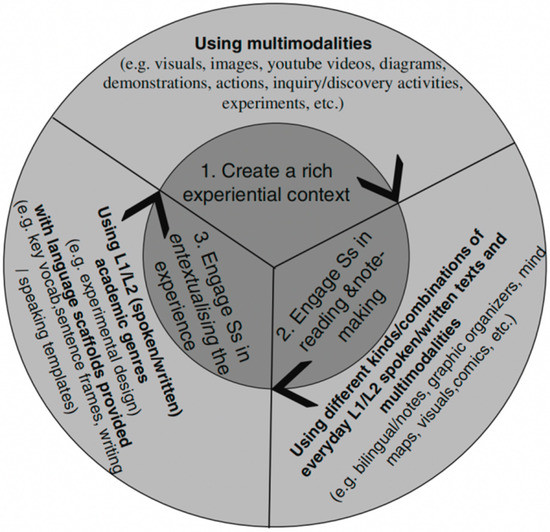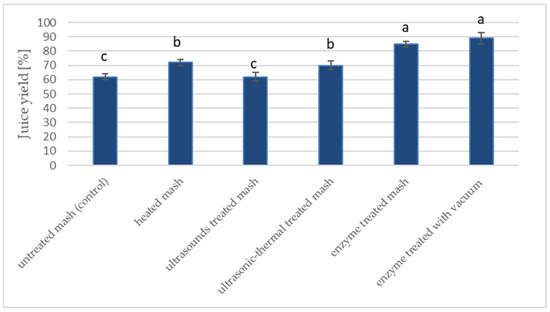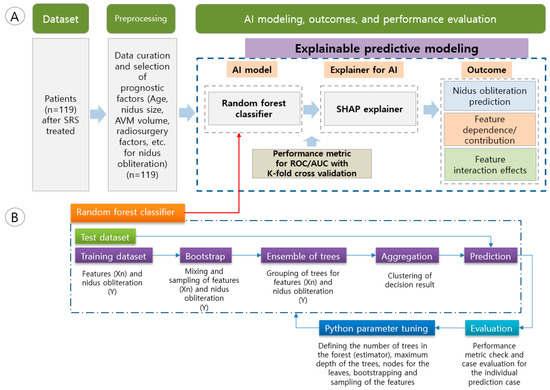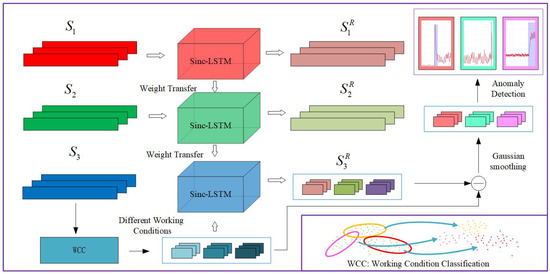1
Infrastructure Inspection Research Institute, China Academy of Railway Sciences, Beijing 100081, China
2
Graduate Department, China Academy of Railway Sciences, Beijing 100081, China
Appl. Sci. 2023, 13(7), 4273; https://doi.org/10.3390/app13074273 - 28 Mar 2023
Cited by 3 | Viewed by 1954
Abstract
With the continuous development of precise measurement and precise tamping (PMPT) technology on Chinese railway conventional speed lines, the efficiency of machinery tamping operation and the quality of the track have been effectively improved. A variety of PMPT modes have been tried in
[...] Read more.
With the continuous development of precise measurement and precise tamping (PMPT) technology on Chinese railway conventional speed lines, the efficiency of machinery tamping operation and the quality of the track have been effectively improved. A variety of PMPT modes have been tried in the field operation, however there are some differences in the operation effect. The quality of the tamping operation is affected by multiple factors. In order to identify the key factors affecting the operation quality and to further improve the tamping operation effect, this paper establishes both the database of PMPT operation modes and the selection index system for evaluating the operation effect. Based on mega multi-source heterogeneous data and track geometry inspection data, this paper adopts the Back Propagation Neural Network (BPNN) prognosis model to quantify and sort the main factors affecting the effect of PMPT. The research results show that the initial quality of the track before tamping, whether the stabilizing operation or the tamping modes have great influence weights. It can scientifically guide the field operation to control the key factors and put forward some practical suggestions for promoting the field application of PMPT and the optimization of operation modes on the conventional speed lines.
Full article
(This article belongs to the Special Issue Industrial AI: Applications in Fault Detection, Diagnosis, and Prognosis)
▼
Show Figures













